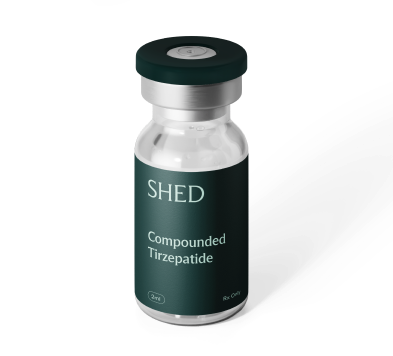Pérdida de peso
Explorar
¿Qué tratamiento es para usted?
Compara los productos para bajar de peso de Shed
Discover weight-loss solutions
SOLUCIONES GLP-1
Soluciones adicionales para bajar de peso
Longevidad+Vitalidad
Explorar
¿Qué tratamiento es para usted?
Compara las opciones de longevidad del cobertizo
Discover Longevity
Cabello
EXPLORAR
¿Qué tratamiento es para usted?
Compara las opciones de Shed Longevity
Discover Women's Hair Solutions
Discover Men's Hair Solutions
Cabello de mujer
Piel
MEJORAR LA PIEL
DETENER LOS BROTES
Más
MÁS DESDE SHED
REFIERA Y GANE
Explorar
Ayuda
Early Black Friday: Get 20% OFF your first month with code SHED2025
¹ Lose 10% of your body weight when you choose Shed or your money back. Learn more.
Comparta sus resultados con nosotros y con el mundo etiquetando a @tryshed
¹ Pierde un 10% de tu peso corporal si eliges Shed o te devolvemos tu dinero. Obtenga más información.
Comparta sus resultados con nosotros y con el mundo etiquetando a @tryshed
Regalo adicional: Clear Protein + Hydration gratis con tu nueva suscripción con receta.
Empezar
.svg)

Pérdida de peso
EXPLORAR
¿Qué tratamiento es para usted?
Compara los productos para bajar de peso de Shed
Discover weight-loss solutions
SOLUCIONES GLP-1
Soluciones adicionales para bajar de peso
APOYO PARA BAJAR DE PESO
Longevidad+Vitalidad
EXPLORAR
¿Qué tratamiento es para usted?
Compara las opciones de Shed Longevity
Discover Longevity
Suplementos
Cabello
EXPLORAR
¿Qué tratamiento es para usted?
Compara las soluciones para Shed Hair
Discover Women's Hair Solutions
Discover Men's Hair Solutions
Cabello de mujer
Más
MÁS DESDE SHED
REFIERA Y GANE
Explorar
Ayuda





